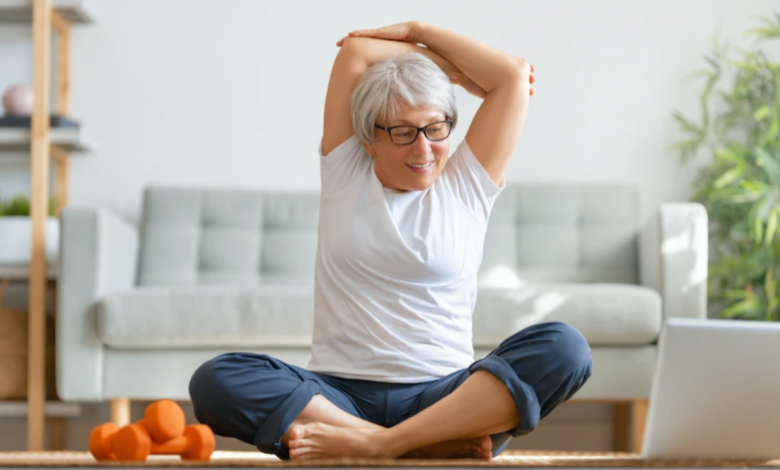Tips for Improving Blood Flow

Tips for Healthy Blood Circulation
Your body depends on good blood circulation to function optimally. Blood carries oxygen and nutrients throughout your body, making enhancing circulation crucial. Simple daily habits can prevent common symptoms of poor circulation like muscle aches, cold extremities, and swelling. This guide offers easy tips for improving circulation and advises seeking medical advice for persistent symptoms or concerns.
Understanding Blood Circulation
Blood circulation involves the movement of blood facilitated by your heart, veins, arteries, and blood vessels. This system ensures your body receives necessary oxygen and nutrients while helping eliminate waste products.
Recognizing Symptoms of Poor Circulation
Poor circulation often affects areas farthest from your heart, such as hands and feet. Symptoms include muscle cramps, skin color changes, cold extremities, varicose veins, numbness, chest pain, and swelling.
Common Causes of Poor Circulation
Factors contributing to poor circulation include high blood pressure, smoking, obesity, diabetes, peripheral artery disease, atherosclerosis, varicose veins, and Raynaud’s disease.
Natural Methods to Improve Circulation
Several natural methods can enhance blood flow:
- Quit Smoking: Smoking narrows arteries and raises blood pressure, negatively impacting circulation and overall health.
- Exercise Regularly: Aerobic exercises like walking, cycling, and swimming boost heart health and circulation.
- Iron Supplements: They aid in oxygenating your blood and stimulating red blood cell production.
- Reduce Stress: Lowering stress levels can decrease blood pressure and inflammation, improving circulation. Consider yoga, meditation, or talking to someone about your stress.
- Eat Omega-3 Fatty Acids: Found in fish like salmon and mackerel, these fatty acids reduce artery inflammation and cholesterol buildup.
- Wear Compression Socks: These socks aid blood circulation in your lower legs. Consult your doctor for the right type and usage.
- Elevate Your Legs: Lifting your legs aligns with your heart, boosting leg circulation during prolonged sitting or standing.
When to Consult a Doctor
If you notice signs of poor circulation, seek medical advice. While lifestyle changes can help, it’s crucial to understand the underlying cause, which could range from a sedentary lifestyle to serious heart conditions. Your doctor can provide the best guidance and treatment plan.
Conclusion
Small lifestyle changes can significantly improve your circulation and overall well-being. Being active, quitting smoking, wearing compression socks, and reducing stress are all effective methods. Remember to speak with your doctor for personalized advice, especially if you experience symptoms or suspect circulation issues.




